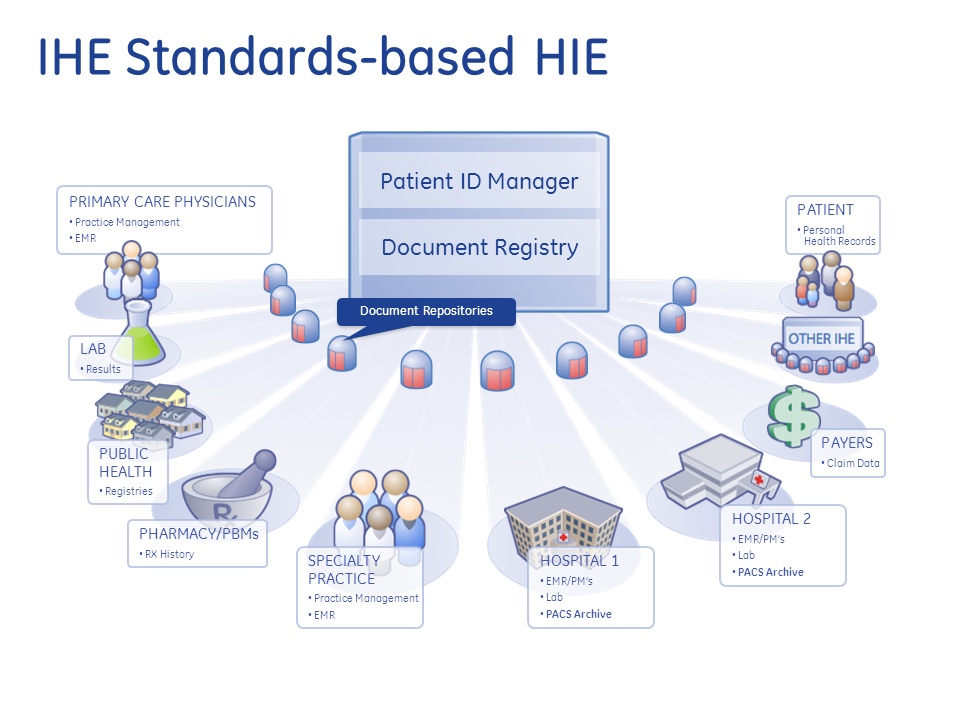Health Information Exchange: Improving Coordination and Continuity of Care

Healthcare can be a complex and intricate system to navigate. Between coordinating care, managing patient information, and ensuring continuity of care, it can be challenging to keep everything organized and streamlined. Fortunately, there are many tools and resources available to help healthcare providers manage their patients’ care and information.
Care Coordination
Care coordination refers to the process of managing a patient’s healthcare needs across different healthcare providers and settings. This can include coordinating appointments, referrals, and follow-up care. One important tool for care coordination is the use of a continuity of care document (CCD).

What is a Continuity of Care Document?
A continuity of care document is a standard electronic document that contains a patient’s health information in a format that can be shared among different healthcare providers and settings. This can help ensure that everyone involved in a patient’s care has access to the same information, leading to better coordination and quality of care.

Healthcare Exchange Standards
To ensure that continuity of care documents can be shared among different healthcare providers and settings, there need to be established healthcare exchange standards. These standards outline how data should be formatted and shared in a way that is secure and compliant with healthcare regulations.

Why Counselors Need to Understand Health Information
While continuity of care documents are often associated with medical doctors and hospitals, they are also critical for mental health providers. Counselors and therapists need to have access to the same health information as medical doctors in order to provide effective and coordinated care to their patients.

Continuity of Care
Continuity of care refers to the idea that healthcare providers should work together to ensure that a patient’s healthcare needs are met in a coordinated and seamless way. This can include everything from scheduling appointments to exchanging information between providers.

Abstract
The healthcare system can be challenging to navigate, but there are many tools and resources available to help healthcare providers manage their patients’ care and information. One of these tools is a continuity of care document, which is a standard electronic document that contains a patient’s health information in a format that can be shared among different healthcare providers and settings.
Introduction
Ensuring continuity of care is critical in healthcare, but it can be challenging to achieve. Healthcare providers must navigate a complex system that involves coordinating care, managing patient information, and ensuring that everyone involved in a patient’s care has access to the same information.
Fortunately, there are many tools and resources available to help healthcare providers manage their patients’ care and information. One of these tools is a continuity of care document, which is a standard electronic document that contains a patient’s health information in a format that can be shared among different healthcare providers and settings.
Content
Coordinating care can be challenging in healthcare, especially when patients are seeing multiple healthcare providers across different settings. However, continuity of care documents can help facilitate better coordination and ensure that everyone involved in a patient’s care has access to the same information.
In order for continuity of care documents to be effective, there need to be established healthcare exchange standards. These standards outline how data should be formatted and shared in a way that is secure and compliant with healthcare regulations, ensuring that patient data remains confidential and protected.
While continuity of care documents are often associated with medical doctors and hospitals, they are also critical for mental health providers. Counselors and therapists need to have access to the same health information as medical doctors in order to provide effective and coordinated care to their patients.
Ensuring continuity of care is critical in healthcare. It can help reduce medical errors and prevent duplication of services. However, it also requires a coordinated effort among healthcare providers to ensure that everyone involved in a patient’s care has access to the same information and is working toward the same goals.
Conclusion
Coordinating care in healthcare can be challenging, but tools like continuity of care documents can help facilitate better communication and ensure that everyone involved in a patient’s care is working toward the same goals. However, in order for these tools to be effective, there need to be established healthcare exchange standards that ensure patient data is kept confidential and protected.
Ultimately, ensuring continuity of care is about working together to provide the best possible care for patients. By streamlining communication and exchanging information in a coordinated way, healthcare providers can help ensure that patients receive timely and effective care across different healthcare settings.

Source image : americawakeup.net

Source image : healthcaresecprivacy.blogspot.ae

Source image : policyconsult.cpso.on.ca

Source image : tovacommunityhealth.org

Source image : ct.counseling.org




